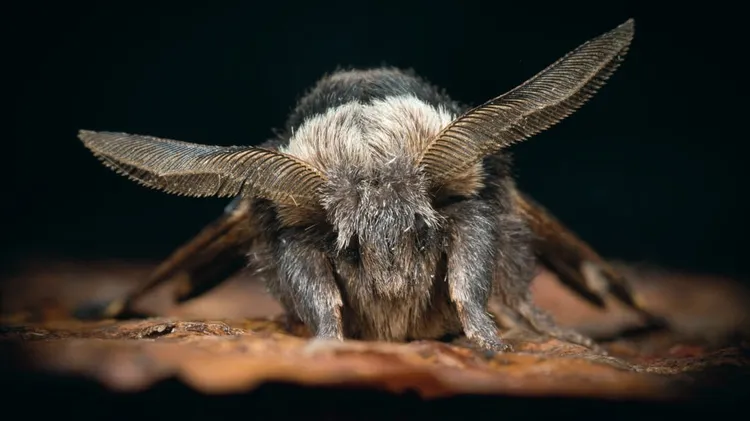ANIMALS
A trillion cicadas will descend on the us this spring in a rare event
2 min read
This article is from...
Read this article and 8000+ more magazines and newspapers on Readly






